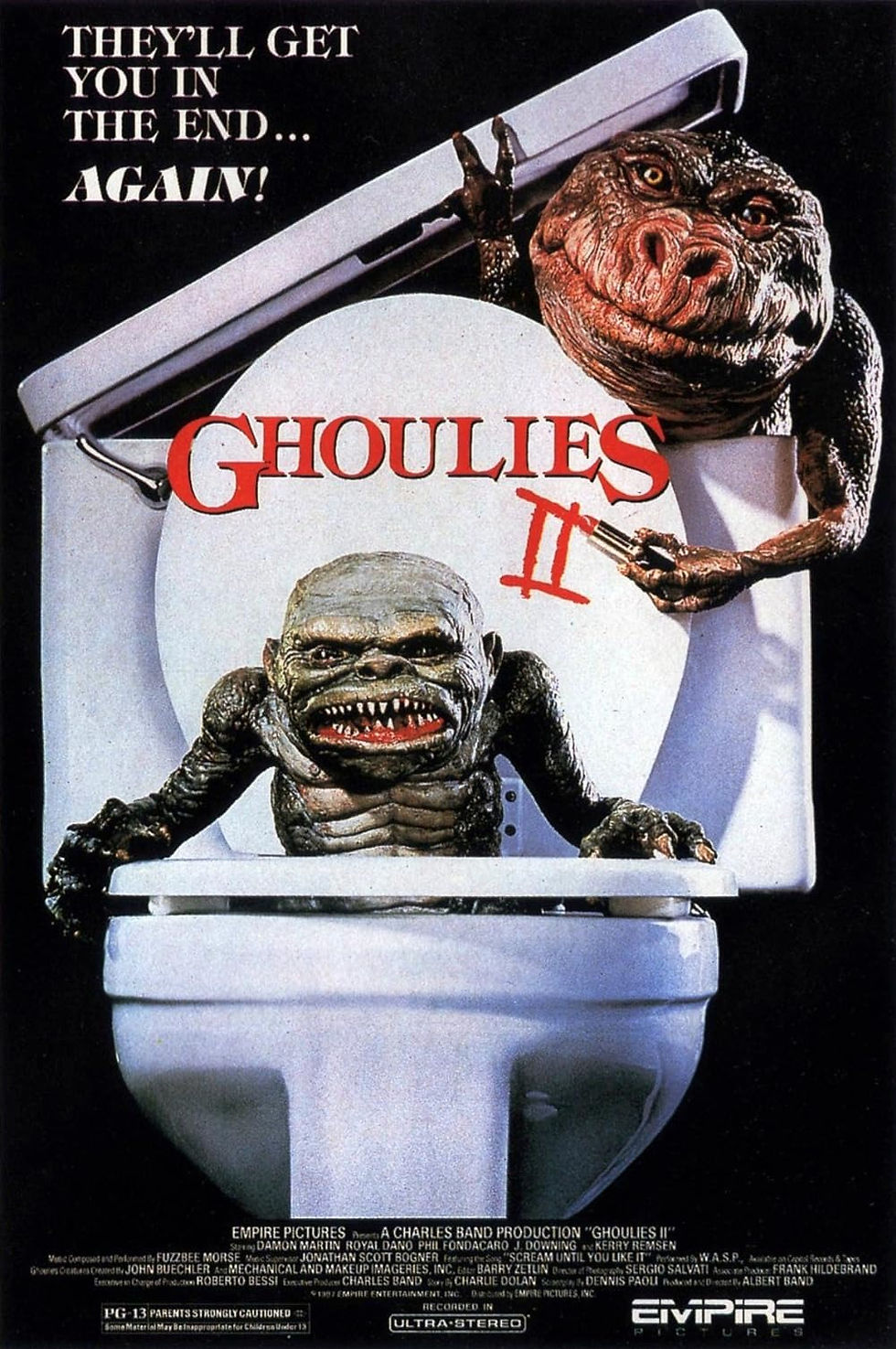Frankenstein 1931 Movie Poster
- Allan Major

- Feb 29, 2024
- 2 min read
Updated: Apr 4, 2024

The 1931 "Frankenstein" poster is an electrifying piece of cinematic history, capturing the imagination and embodying the horror genre's Golden Age. The vivid colors and dramatic imagery immediately draw the viewer into a world where science and the supernatural collide with terrifying consequences.
The image of Boris Karloff, with his unforgettable portrayal of the Monster, is the focal point of the poster. The Monster's face is depicted in a haunting chiaroscuro of light and shadow, symbolizing his tortured existence between life and death. His gaze is both vacant and piercing, reflecting his inner turmoil and the tragic misunderstanding that defines his existence.
Above the Monster, the fiery letters of the title "FRANKENSTEIN" burn bright, almost as if they were embers from the very spark that gave life to the creation lying on the table below. The subtitle "The Man Who Made a Monster" underscores the film's central theme of the ethical boundaries of man's quest for knowledge.
In the foreground, Colin Clive as Dr. Frankenstein is captured in a moment of fervent scientific endeavor, his intense concentration a stark contrast to the Monster's passive form. This juxtaposition underscores the complex relationship between creator and creation, a dance of power and responsibility that is at the heart of the film's enduring allure.
The color palette of the poster—dominated by greens, yellows, and reds—evokes the raw emotions of the narrative: the eerie green of reanimation, the yellow of madness, and the red of violence and blood. The laboratory scene, complete with the iconic machinery used to animate the Monster, is a visual feast that promises the viewer a glimpse into the spectacular and the horrific.
The inclusion of the film's cast, including Mae Clarke and John Boles, and the visionary director, James Whale, serves as a testament to the talent that brought Mary Shelley's novel to the silver screen. The poster not only promotes a film but also celebrates the collaborative artistry that created a masterpiece of horror.
In conclusion, the poster for "Frankenstein" 1931 is as iconic as the film itself. It encapsulates the essence of the movie's exploration of life, death, and what lies beyond the grasp of human understanding. This is not just a promotional piece; it is a portal to the golden age of horror, inviting viewers to witness the birth of a legend that would forever stalk the shadowy corridors of cinematic lore.







